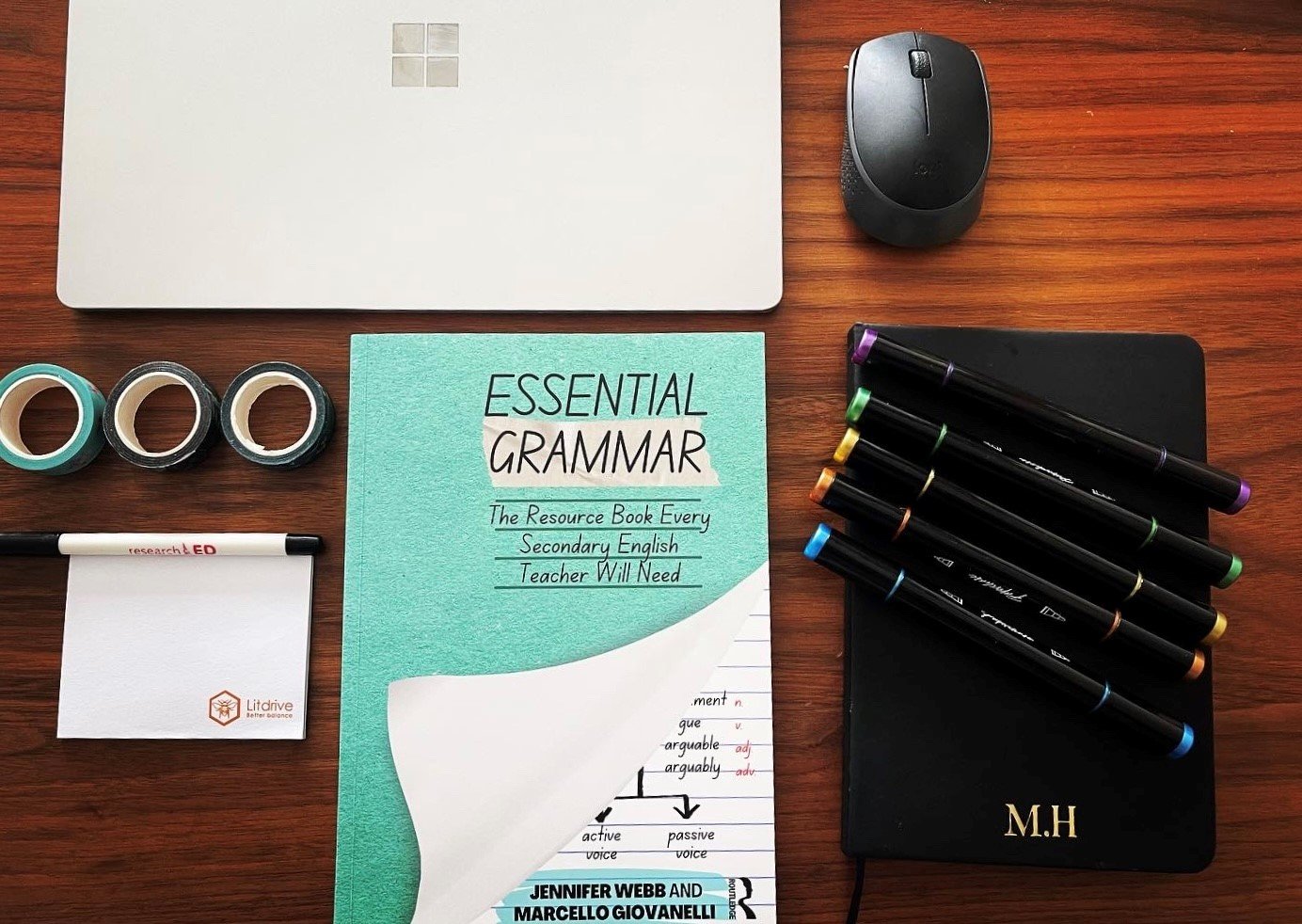Segments - Part Two
This blog is a continuation of my Segments series looking at different elements of a lesson. Part One delved into the beginning of the lesson and Part Two focuses on checking for understanding within a lesson. Checking for understanding (CFU) occurs multiple times within a lesson and ultimately focuses on where students begin to actively apply what they have learned. As I write this, I am also reflecting on my own lessons that I have taught and what types of CFU occur. There a lots of names for CFU, but quintessentially its about how students process information and address any areas of uncertainty in real time.
When I move into this phase within a lesson, my goal is clear: I want every student to demonstrate their thinking and understanding as they are taught key pieces of knowledge. This ensures I can identify misconceptions, clarify points, and guide students more confidentially towards independent practice.
Approaches for CFU
In my lessons, several approaches keep this process both structured and adaptable, enabling me to support students to cement their understanding of knowledge.
1. Cold Call: Instead of waiting for volunteers, I call on students at random, keeping everyone attentive and engaged. This approach prevents passive learning and offers an accurate snapshot of where each student stands, helping me adapt my questioning based on the class's overall comprehension.
2. Mini Whiteboards: With mini whiteboards, I can quickly gauge students’ understanding by having them write down responses and hold the boards up. This instant feedback allows me to see patterns in comprehension and identify specific areas that need more attention. It’s efficient, responsive, and a reliable way to assess understanding across the class in moments. This allows for whole class engagement and understanding.
3. Using a Visualiser: For written tasks, I use a visualiser to showcase student responses, live model and annotate texts. This encourages the class to see diverse approaches to a question and creates an opportunity for me to highlight strong examples and correct any misunderstandings on the spot. It builds a shared understanding of what success looks like. The visualiser is such a useful classroom tool. With it I’m able to teach my students new concepts quickly and address any misconceptions right away.
4. Multiple Choice Quizzes: Having really specific questions supports provides me with a greater understanding of whether students have understood the learning taught. The questions asked must be precise. Students can respond via whiteboards or on a quiz sheet, however the format isn’t as important as the questions being asked.
Student Confidence
Building student confidence is critical in ensuring that there is the correct climate within the classroom. As students learn new knowledge, I am there to reinforce and build their confidence. Helping them feel secure and capable as they step into more independent work. Gradual release of responsibility in this phase builds their belief in their own abilities and therefore their performance within their work.
Addressing Misconceptions Immediately
Misunderstandings are bound to arise, and I see each one as a teaching moment. If I notice a student struggling with a particular concept, I’ll pause to address it directly, sometimes reteaching key points or providing alternative explanations. By doing this, I ensure everyone has the clarity they need to move forward. These moments not only strengthen understanding but allow me to make sure the entire class is ready for the next step. Sometimes this may not be the whole class but one or two students – here it is better to address the misconception with the child and not the whole class.
Checking for understanding is where students build the foundation of their learning. With support and guidance, I can address gaps immediately, reinforce concepts, and help students become active participants in their own learning. By the time we reach independent work, they’re better prepared, more confident, and ready to engage fully.
References
Teach like a Champion 2.0 by Doug Lemov
Rosenshine’s Principals in Action by Tom Sherrington
https://daisychristodoulou.com/2013/10/research-on-multiple-choice-questions/
